Science denial is still an issue ahead of COP28
Real Climate
NOVEMBER 29, 2023
In a world with just random local fluctuations but no climate change, about half the weather stations would show a (more or less significant) warming, the other half a cooling. Figure 1: Map of observed near-surface air temperature changes since the late 19 th Century. It’s not hard to understand. Gray areas show lack of data.


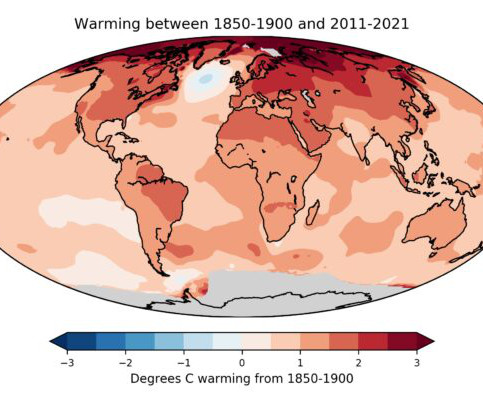
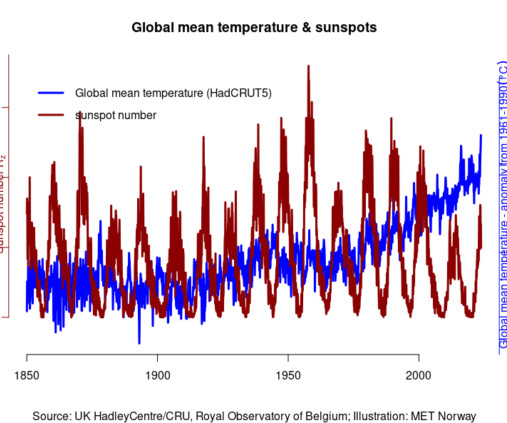
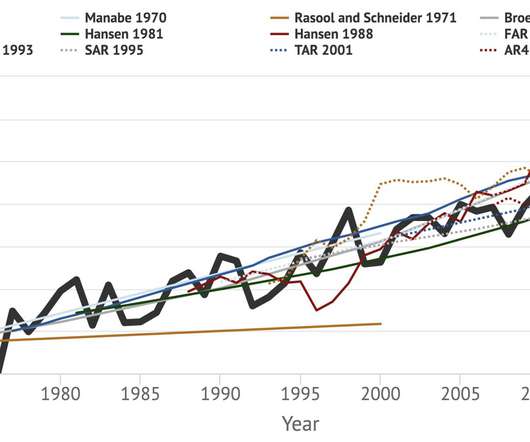
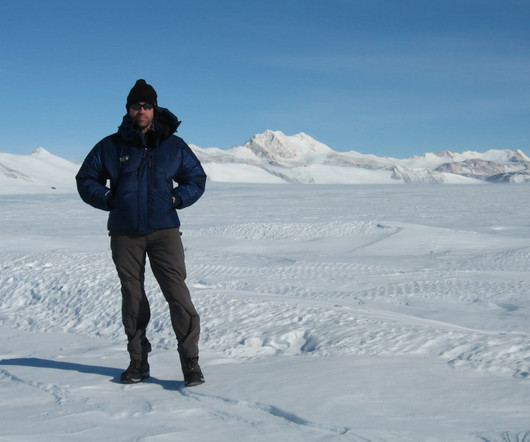
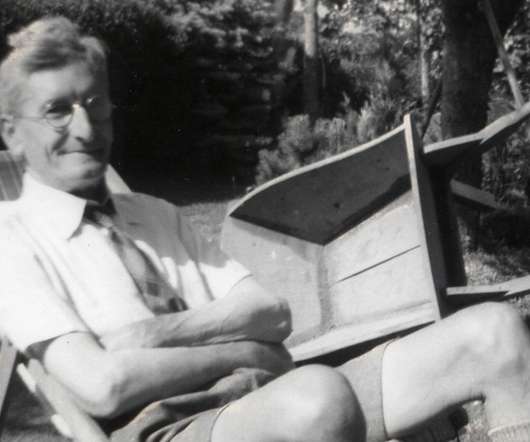
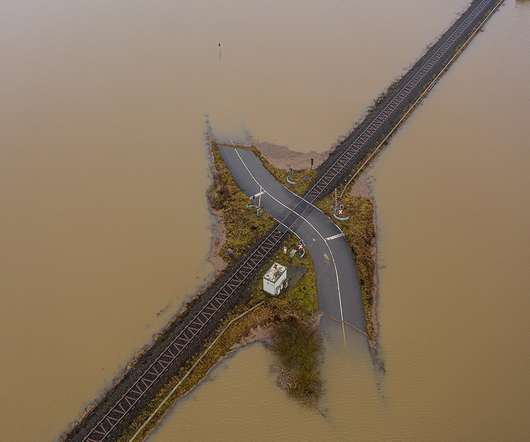
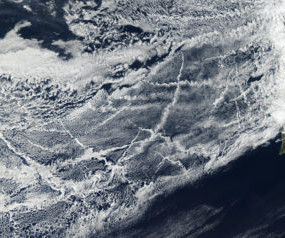
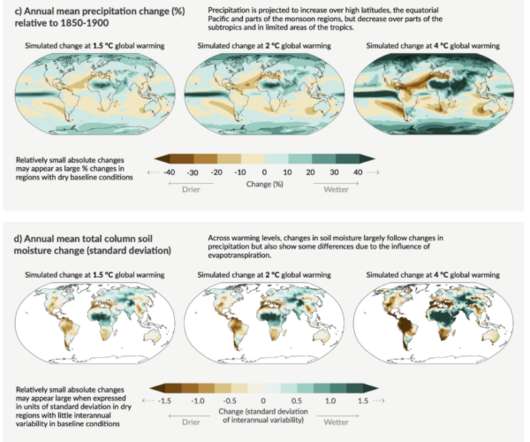
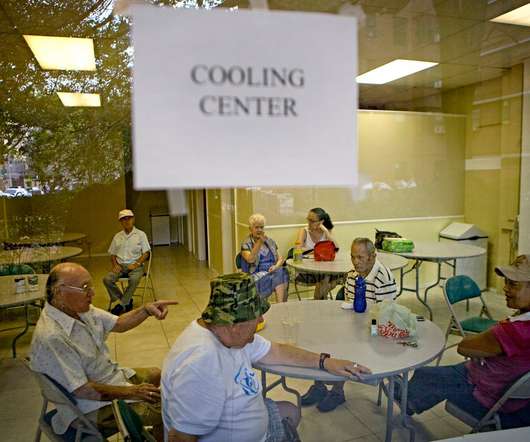
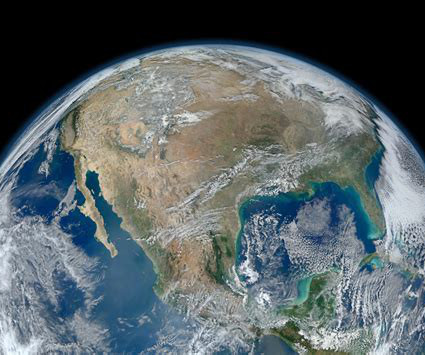






Let's personalize your content